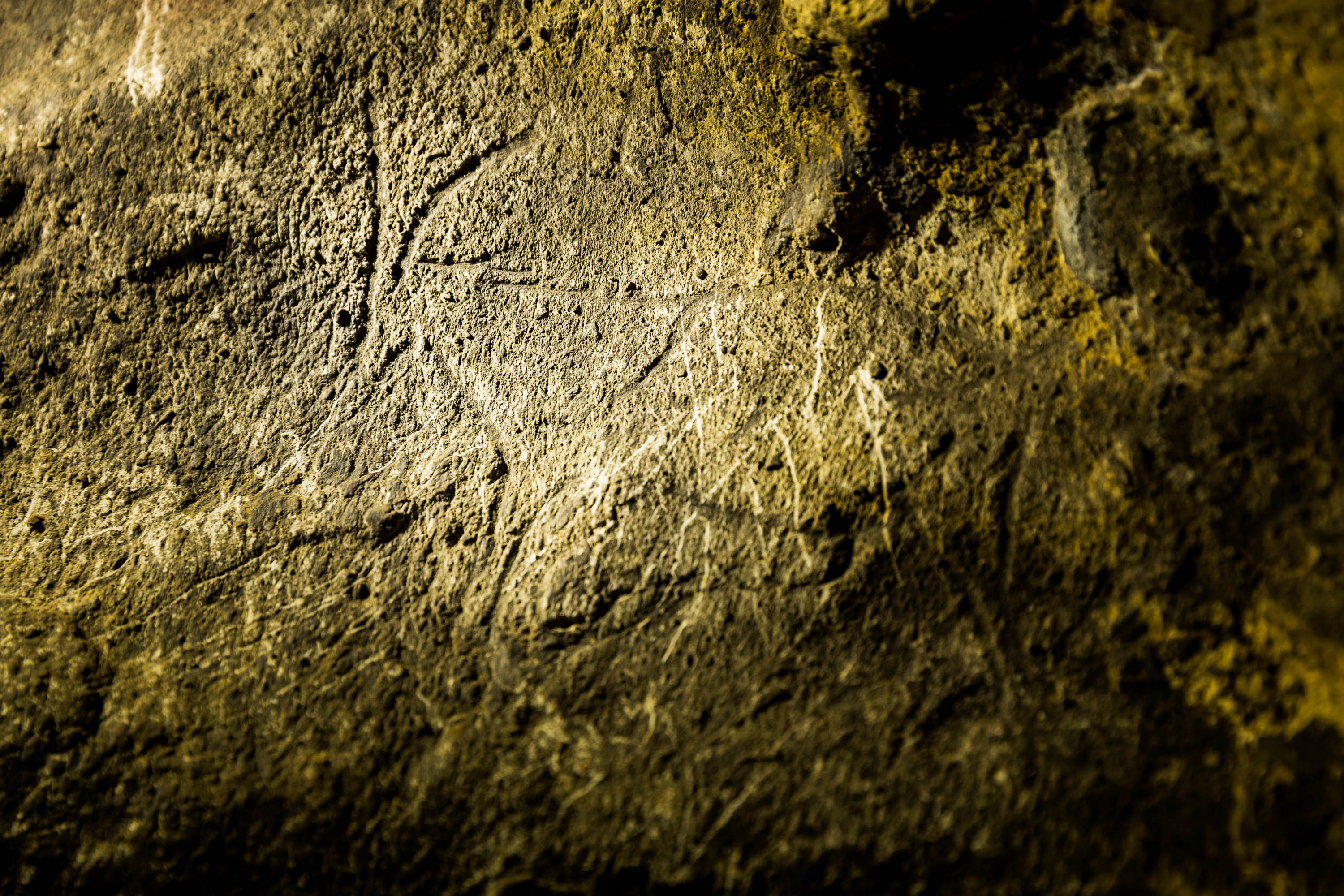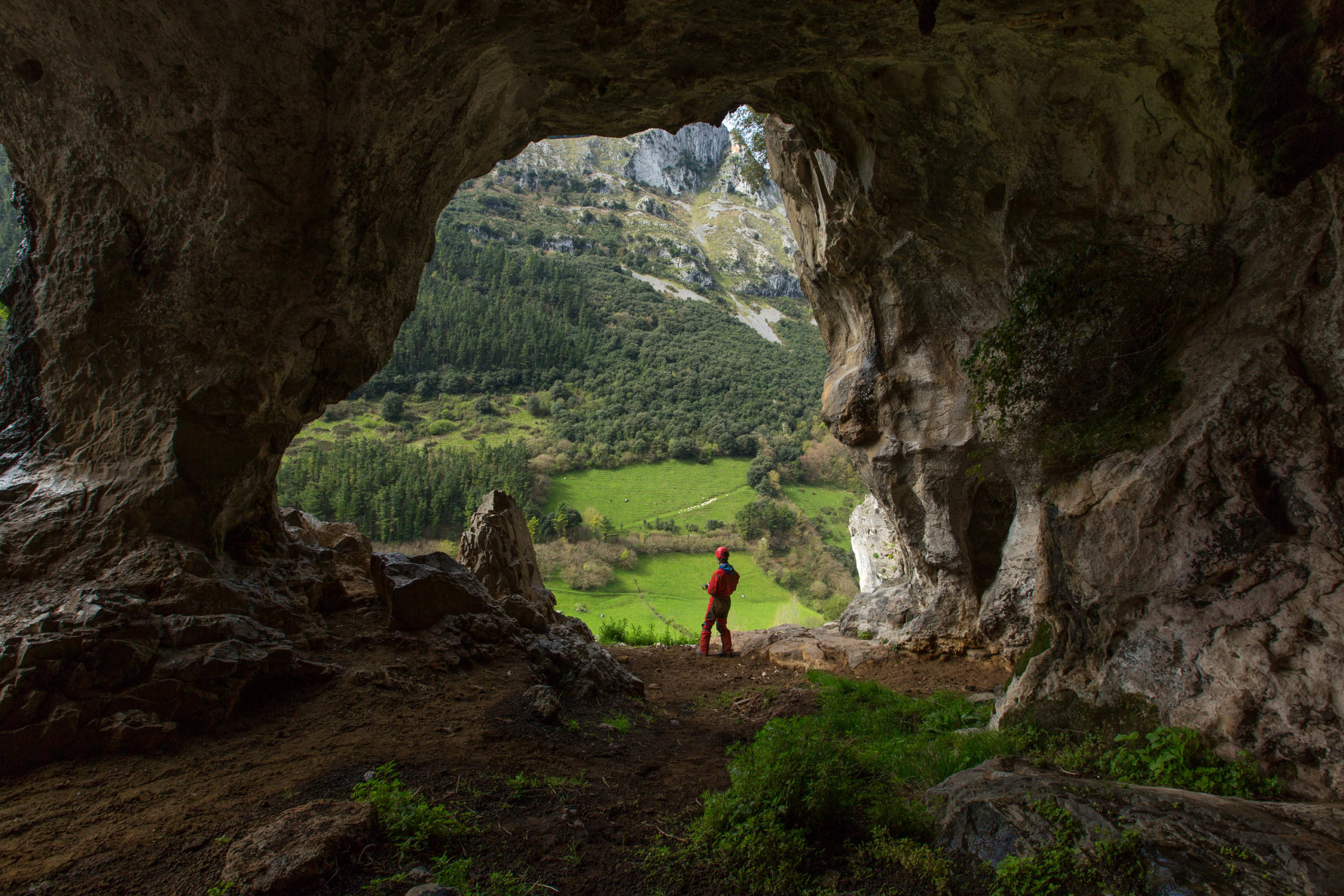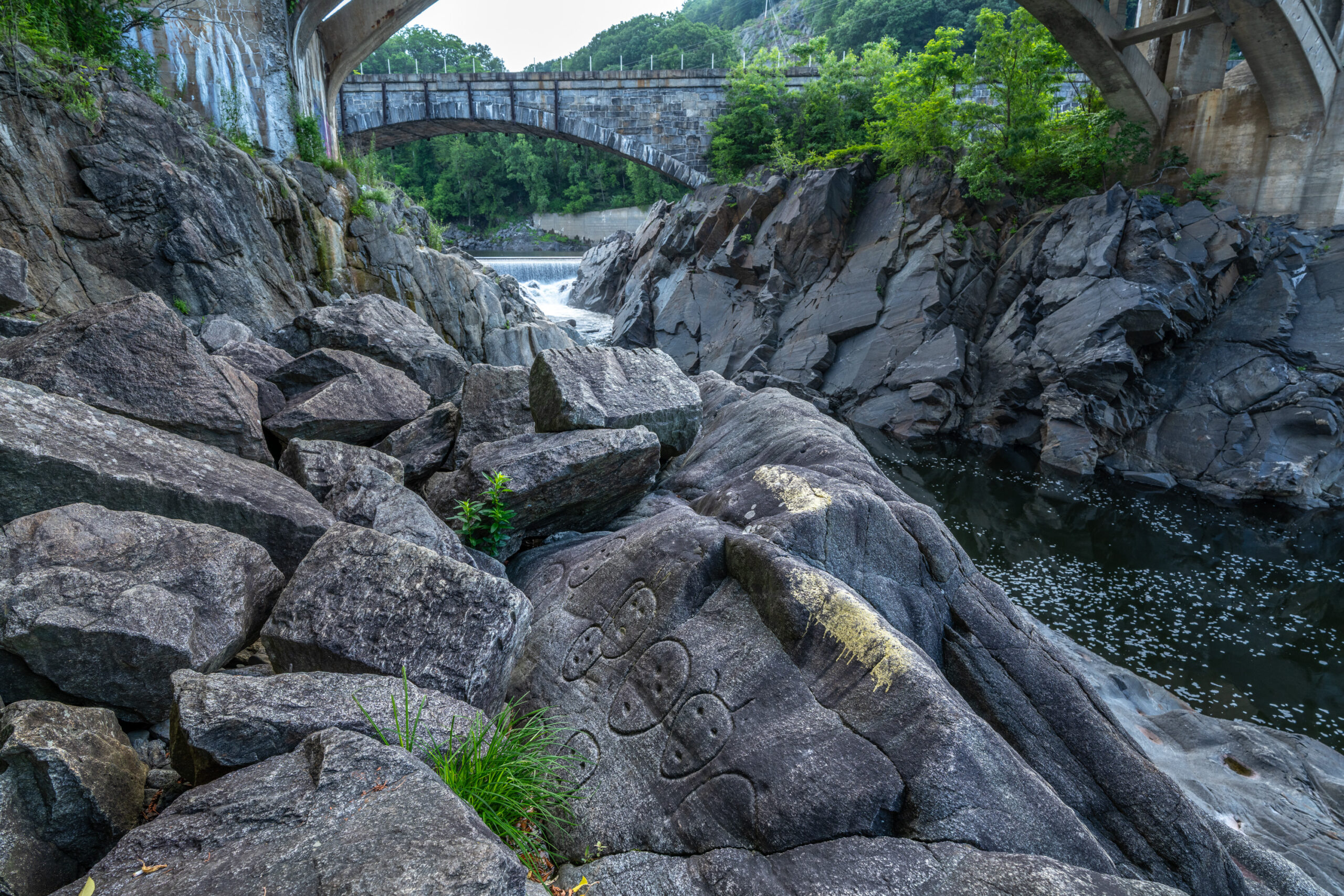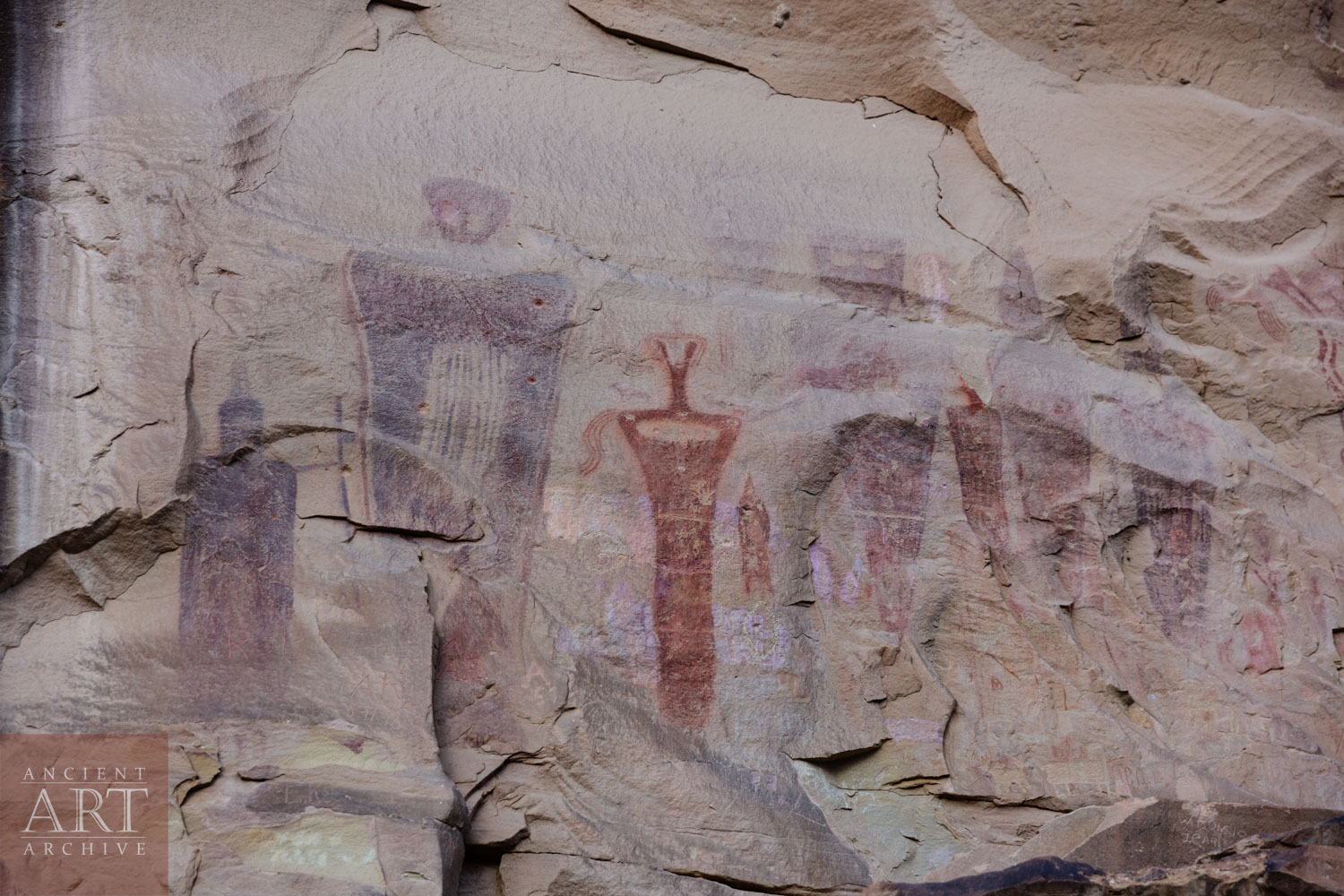Imagine you want to see paleolithic cave art.
But to see it you must go through an ordeal.
You must squeeze through tight passages where your body barely fits. You are surrounded by darkness and navigate by torchlight. If your light goes out, you are stranded.
Seeing some of the ancient cave art sites is not easy work. Just look at what a leading Spanish anthropologist is willing to go through to document paleolithic cave art in the Northern Spain. Being underground is hard. It is dark, it is often cold and wet. It is an inhospitable realm.
So why are scientists willing to go to these lengths? Ancient artworks are the one direct message that we have from the past. They are a straight line to what our ancestors were thinking, to what they were feeling. A direct line to who they were. There is a piece of artwork at the back of this squeeze. We won’t ever know why the artist chose to engrave a tiny goat back in that passage. But we do know that whoever made the engraving had to go to tremendous lengths to get there.

Whoever made this image had to squeeze through the same passage. A burning torch would have been their only light. It had to be hard.
Then, at the farthest point, they could go in the cave, at almost the tightest place they chose to take the time to carve a goat into the wall. It is at a place that no one would ever see it. The act of making the engraving was clearly the point.
If that is not a glimpse into the mindset of a paleolithic artist I don’t know what is!







